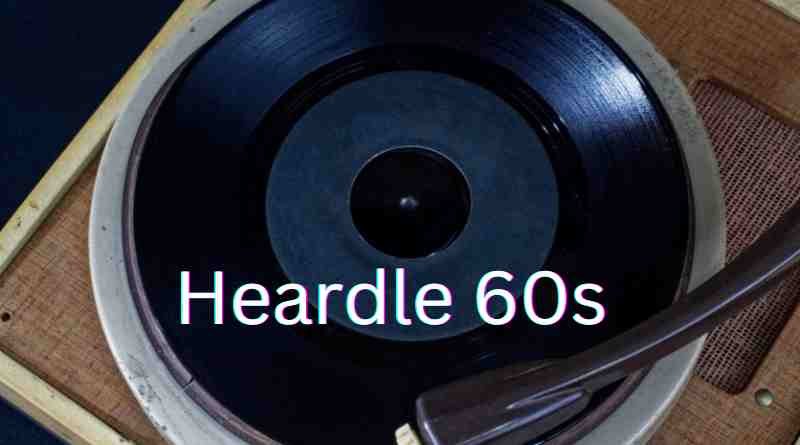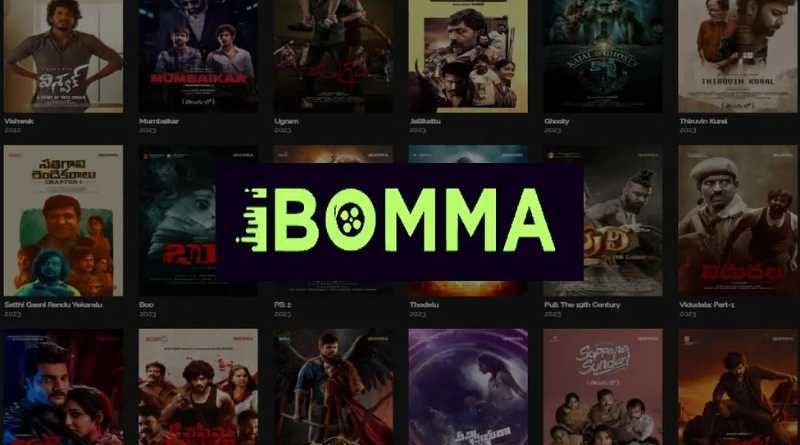In an era where digital distractions are numerous and often fleeting, the emergence of Heardle 60s, a musical guessing game, marks a delightful intersection of nostalgia and modern entertainment technology. This game, which cleverly combines elements of memory, music appreciation, and competitive spirit, has quickly carved out a niche among internet phenomena. Through its simple yet engaging format, Heardle 60s appeals to a broad audience, ranging from millennials seeking a taste of past cultural epochs to baby boomers revisiting the tunes of their youth.
The Concept of Heardle 60s
Heardle 60s operates on a straightforward premise: players listen to the first few seconds of a 1960s song and try to guess the track as quickly as possible. Each incorrect or skipped guess unlocks a slightly longer clip of the song, gradually making it easier to identify. This format is not only addictive but also stimulates the brain’s memory functions, especially for songs not heard in decades.
The game’s design taps into the vast, diverse musical landscape of the 1960s, a decade renowned for its profound impact on music history. From the rock and roll beats of The Beatles and the electrifying performances of Jimi Hendrix to the soul-stirring melodies of Aretha Franklin and the poetic expressions of Bob Dylan, Heardle 60s covers an eclectic mix of music that defined and revolutionized the genres of rock, pop, soul, and beyond.
Nostalgia Marketing: Why Heardle 60s Works
The success of Heardle 60s can be attributed to the power of nostalgia, a potent marketing tool that transports users back to simpler times. In this age of complexity and often overwhelming digital innovation, nostalgia provides a comforting escape. For older generations, Heardle 60s offers a form of digital reminiscence, bringing back memories of youth and the emotional connections associated with that era’s music. Younger players, meanwhile, experience a sense of discovery and connection to a pivotal time in music history, perhaps shared through parental influences or their own exploration of classic hits.
Moreover, the game has become a social phenomenon. As players share their scores on social media, they invite friends and family to join in, thus spreading the game’s popularity through networks. This social aspect has been instrumental in catapulting Heardle 60s into viral status. It’s not just about guessing songs; it’s about connecting with others, sharing experiences, and building a community around the love of 60s music.
Educational Value and Cultural Preservation
Beyond entertainment, Heardle 60s serves an educational purpose. For educational institutions and music teachers, the game is a resource that can be used to engage students with the history of music. It prompts discussions about cultural and social movements of the 1960s, linking them to the evolution of music and its role in societal changes. This educational aspect enriches the player’s experience, making each session more than just a game, but a lesson in musical heritage.
Preserving cultural heritage is another significant achievement of Heardle 60s. By featuring a wide array of artists and genres, the game acts as a living archive of the decade’s musical innovations. This preservation is crucial not only for historical accuracy but also for inspiring future generations of musicians and music lovers. Through the fun and engaging format of Heardle 60s, players are indirectly encouraged to explore deeper into the music archives, potentially leading to a resurgence of interest in 60s music styles and records.
Technological Integration in Heardle 60s
The technological design of Heardle 60s is worth noting. The game is optimized for smooth performance across various devices and platforms, making it accessible to a wide audience. Its user-friendly interface ensures that players of all ages can navigate the game without difficulty. Additionally, the use of streaming snippets of songs highlights a clever integration of modern streaming technology with the game’s retro content.
As AI and machine learning continue to evolve, future versions of Heardle 60s could offer more personalized music guessing experiences, perhaps adjusting difficulty based on the user’s previous knowledge or preferences. This potential for customization will further enhance the appeal and longevity of the game.
Conclusion
Heardle 60s is more than just a game; it’s a cultural phenomenon that bridges generations, preserves history, and celebrates the timeless appeal of 1960s music. Its blend of education, nostalgia, and modern technology presents a unique model for future digital entertainment. As it continues to captivate users around the world, Heardle 60s stands as a testament to the enduring power of music and its ability to connect hearts and minds across the ages.
Read also: check




